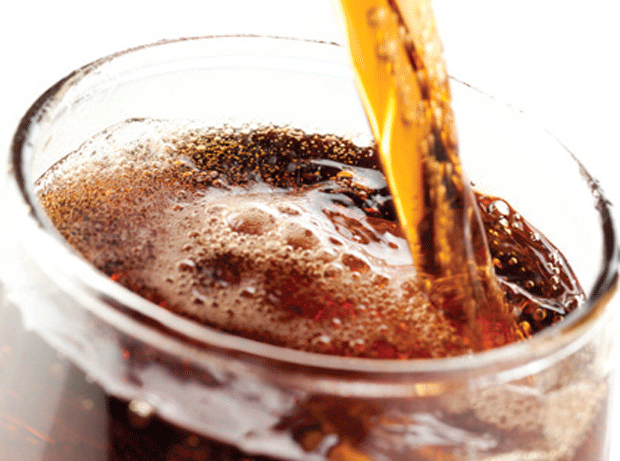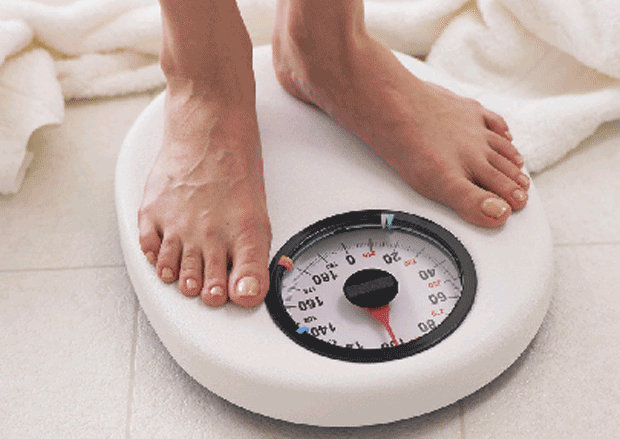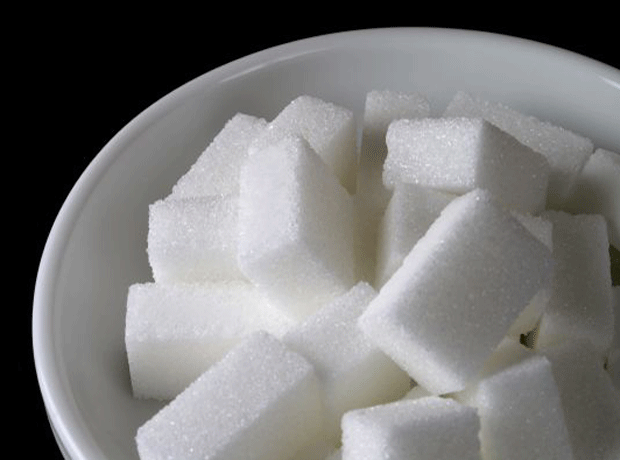Food campaigners today launched the latest weapon in what they claimed was the battle to expose the “hidden” dangers of foods high in fat, salt and sugar, in the form of a new supermarket traffic light smartphone app.
FoodSwitch, which has been launched by Consensus Action on Salt and Health, which recently rocked the industry with its calls for major reductions in the level of sugar in foods, claims to provide instant nutritional advice on more than 80,000 packaged food and drinks in the UK.
It allows shoppers to scan barcodes using their smartphone camera to receive traffic light colour nutritional information-based on the new DH front of pack hybrid model, and suggestions for similar “healthier” products.
The campaigners said it planned to build up its database and keep track of future reformulations by manufacturers by urging shoppers to crowdsource their favourite products and to inform them of errors.
FoodSwitch is available as a free, UK-only download from iTunes and Google Play and is compatible with Apple mobile devices that have a camera with auto-focus running iOS 5.0 or later and Android phones running versions 2.3.x, or 4.0.x.
“Many manufacturers have been hiding behind their labels for years, and with the new front of pack nutrition labelling scheme being rolled out this year, FoodSwitch gives customers the perfect opportunity to get to grips with what the labels mean, and to finally understand what is in their food,” said CASH campaign director Katherine Jenner
As well as CASH, the app is backed by 13 other health bodies and NGOs including the Medical Research Council Human Nutrition Research, The British Heart Foundation Health Promotion Research Group, and the Nuffield Department of Population Health, at the University of Oxford.
Professor Susan Jebb, of Oxford University, who also chairs the Responsibility Deal food network, which helped develop the front of pack labelling system, said: “A poor diet is responsible for tens of thousands of premature deaths every year in the UK.
“People will be able to use this smartphone technology to swap the foods in their regular shopping basket for healthier options to help themselves and their families to cut their risk of diabetes, heart disease and some cancers.”
The app was welcomed by the Department of Health.
“I am enthusiastic about the potential for technological innovation to empower people to improve their health,” said health minister Jane Ellison.
”Any help, such as this app, will enable more consumers to make informed decisions.”
However, the FDF was less welcoming.
“Any initiative which encourages consumers to look for nutrition information and use it to inform their food choices should be encouraged. However it seems likely that this tool will appeal to people who already look at the label and so will not help the majority who do not,” said Barbara Gallani, director of regulation, science & health at the FDF.
”Providing restricted, out of date information to an interested minority, which is not tailored to an individual’s shopping experience, has to be of questionable benefit at best.
“The data behind the app represents a fraction of the food and drink on sale in today’s marketplace. With 6-8,000 products launched by UK producers each year, including food and drink that has been reformulated to reduce the energy or salt content, it is not clear how this information will be kept up to date to ensure accuracy,” she added.



















No comments yet